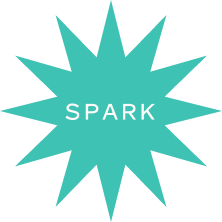I am a
Biophysicist
At CellinoMarinna Madrid
This scientist was part of our original collection.*A few features may be different.
“You can learn any concept if you put enough time into it, and if you have a good enough teacher.”
Marinna
Madrid
She/Her
Usually, when you hear lasers and dancing in the same sentence, some sort of concert comes to mind. But for Dr. Marinna Madrid, it’s probably just another Tuesday.
Dr. Madrid was a poster child for 90’s kids. She loved reading Goosebumps and Nancy Drew. She collected Beanie Babies and Pokemon. She loved boy bands and spent her afternoons dancing with her high school step team.
And she definitely never thought she’d end up as a physicist.
She dropped out of college after a year of studying journalism and moved back home with no idea what to do next. She enrolled in her local community college and landed in a few sciences courses with teachers who completely changed what she thought was possible. To hear her tell it, the right teacher really can change a life.
After excelling in physics and math, she transferred to UCLA to finish her degree, deciding on biophysics because there were so many ways to apply it to real world problems, like healthcare. Growing up, she didn’t really have an understanding of what a scientist did day-to-day, and when she had the chance to try her hand at research, she was hooked.
She earned her PhD studying nanoscience at Harvard University, which is where those lasers come in. In her research, she invented really, really tiny laser-based technologies — sometimes just a few atoms wide — to deliver really, really tiny packages to human cells. She also wrote several patents in her name as an inventor.
The experiments were a success, which led to her co-founding a biotechnology company. The company uses lasers, robotics, and computation to make different cell types, with the longterm goal of helping to make personalized medicine a reality.
At the same time, she hasn’t lost her taste for dance, pop culture, or a good book. And she’s just waiting for the day when she has a chance to teach at that same community college that showed her what was possible.
Notable Accomplishments:
PhD in Applied Physics, Harvard University
Forbes 30 under 30
The
basics:
Expertise: Applied Physics, Nanoscience, Biophysics
Title: Co-Founder
Institution: Cellino
I am a surfing, dancing entrepreneur who uses lasers to create tiny technology for the next generation of healthcare.
things I love:
MEXICAN FOOD
•
HIP HOP DANCE
•
ANIMALS
•
LEARNING NEW INSTRUMENTS
•
SURFING
•
MEXICAN FOOD • HIP HOP DANCE • ANIMALS • LEARNING NEW INSTRUMENTS • SURFING •
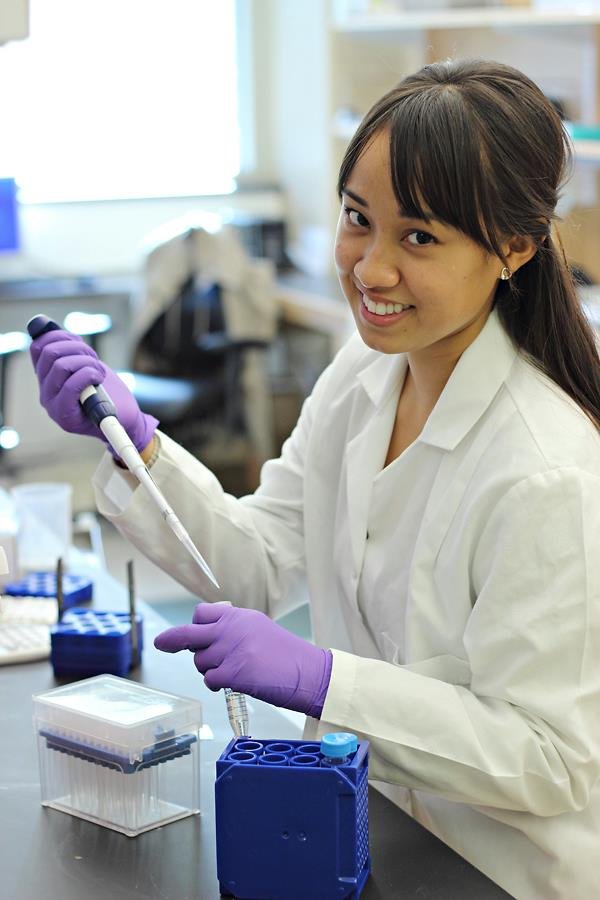

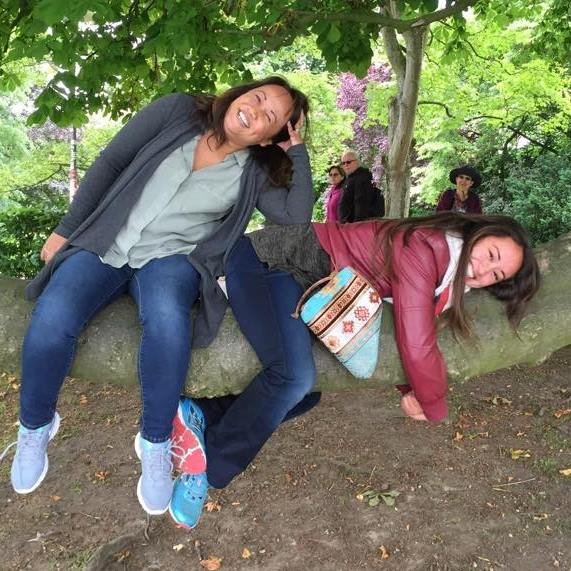
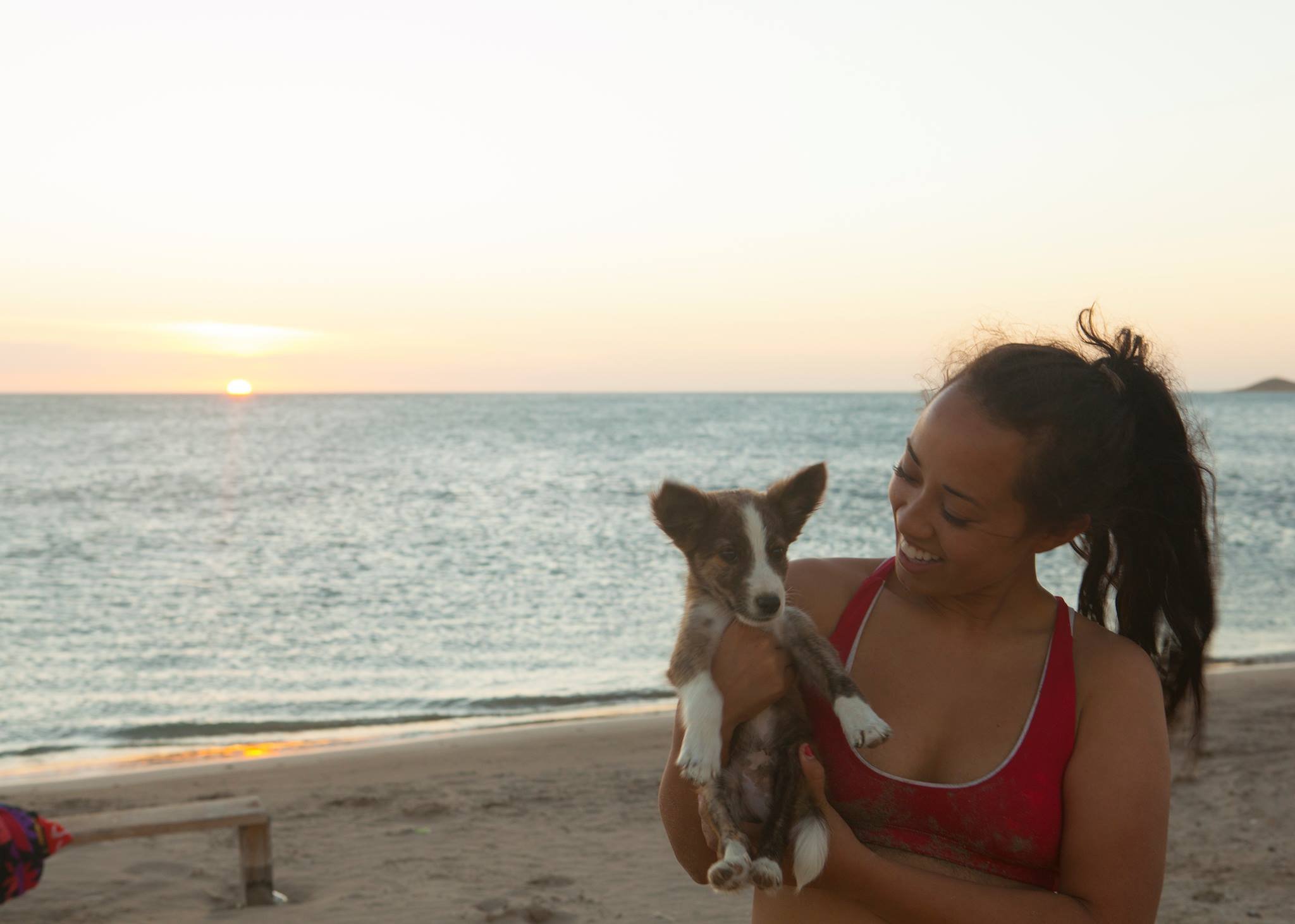
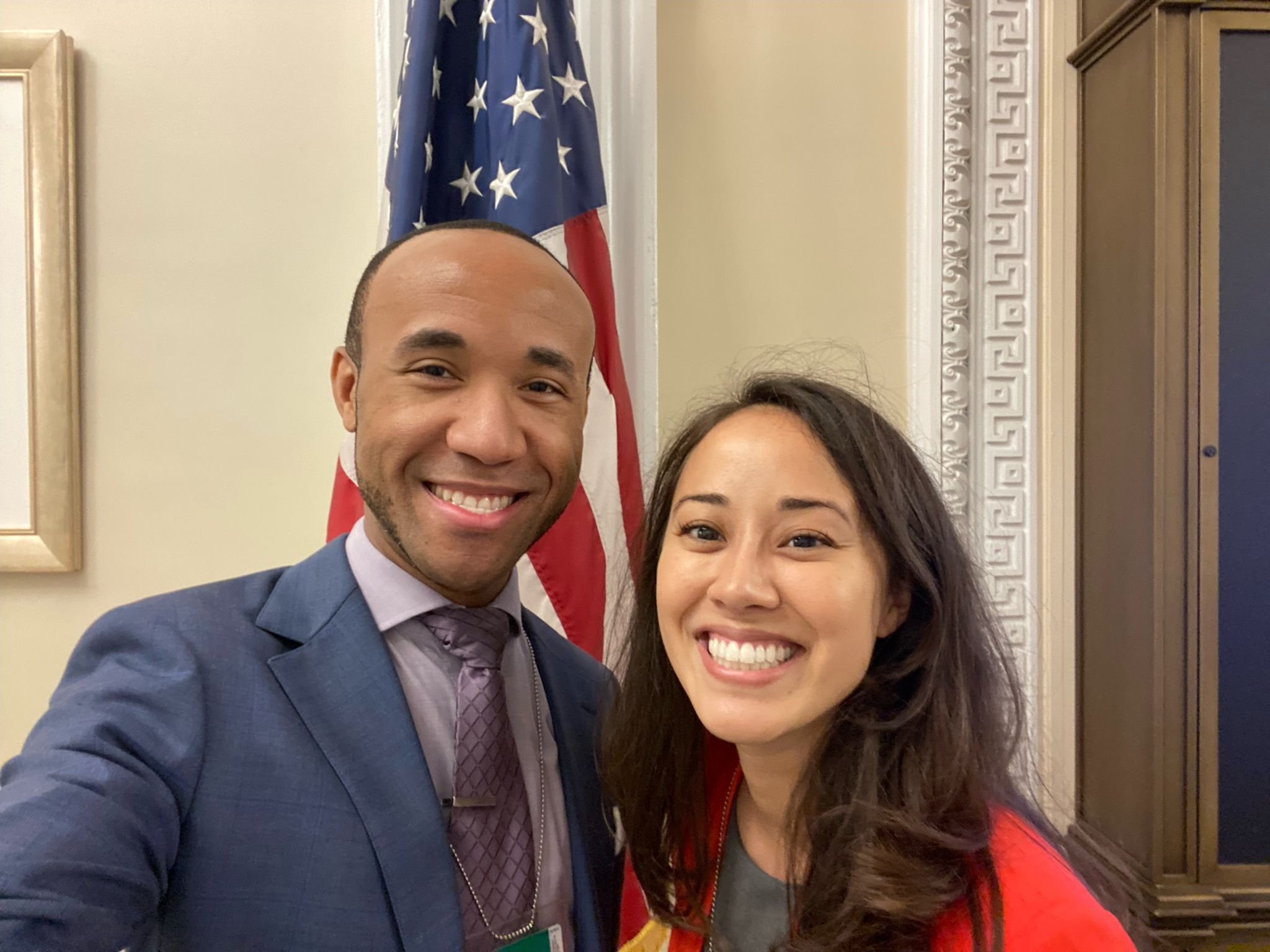
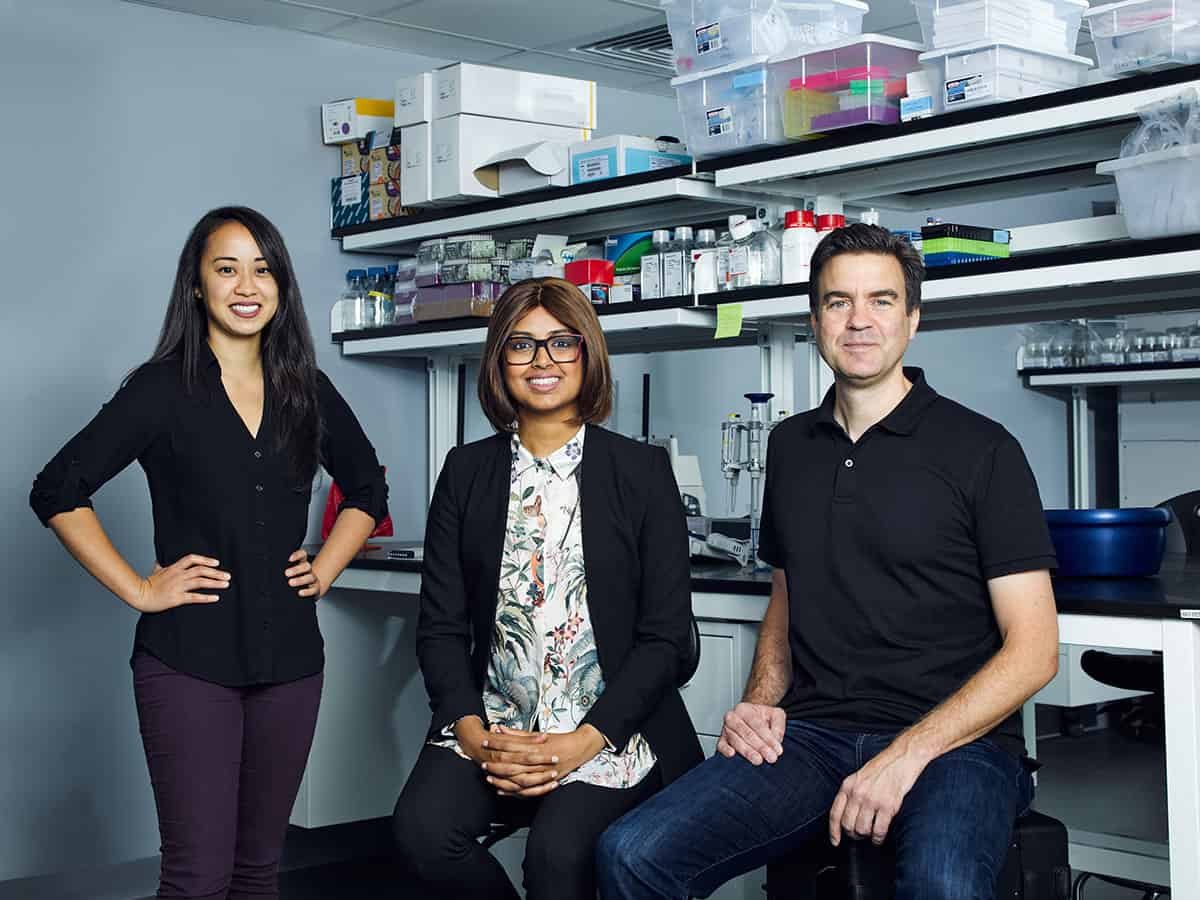
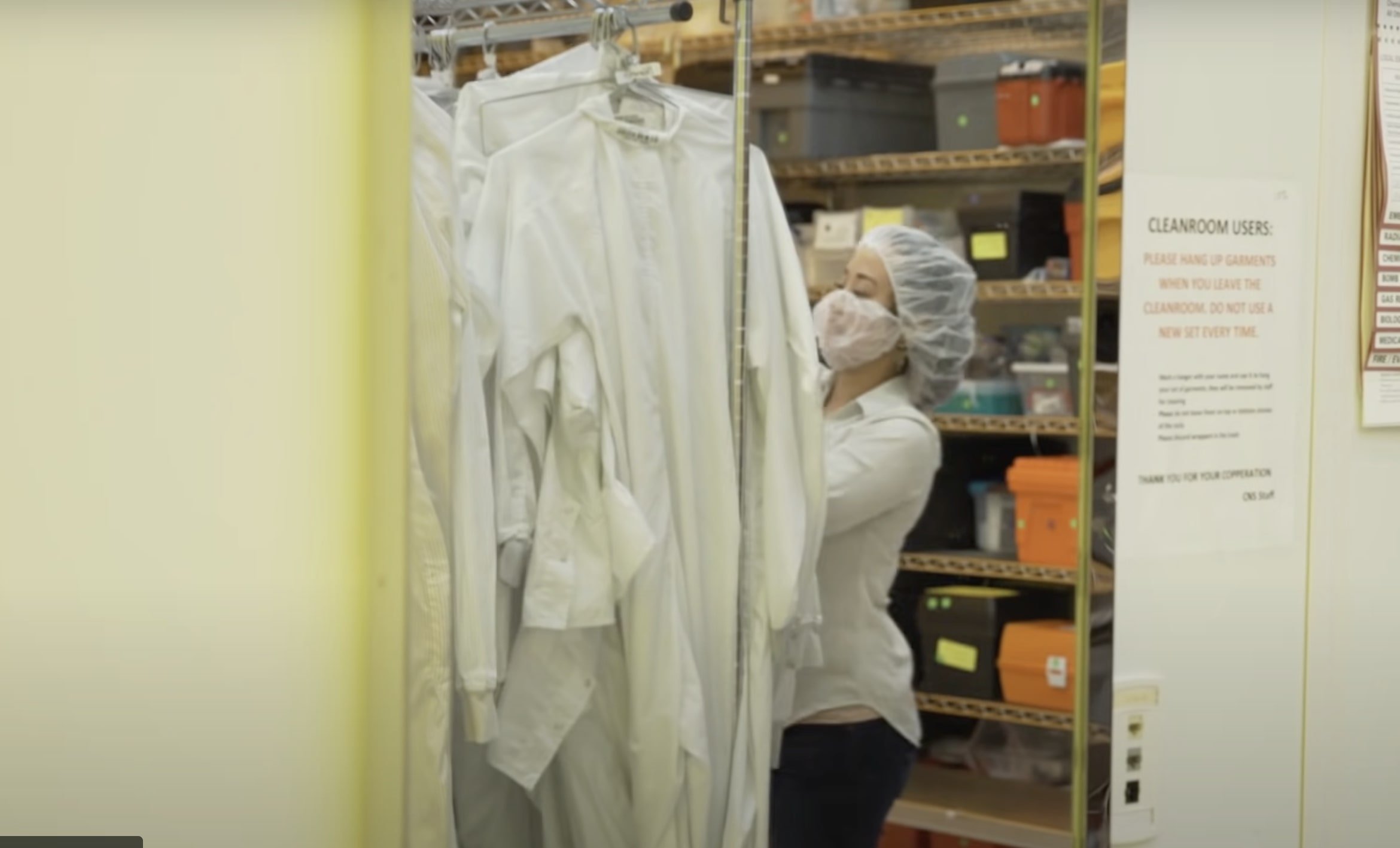

WHAT I DO
i am a BIOPHYSICIST
Biophysicists apply the laws and tools of physics to the study of life.
I am both a scientist and an entrepreneur.
That means every day looks different for me. On the science side, I work with robots, lasers, and dangerous chemicals in a “clean room”. I have to wear full body coverage because the machines are so sensitive that any dust or hair could mess them up.
I developed special lasers.
These lasers might make it possible to take your cells out if they are sick, put them on a really tiny device and deliver medicine into them. Then I can give your cells back and you’d be cured.
I run day-to-day operations.
I help to keep the company going and manage teams of people.
MY WHY
Many illnesses require new cell types or that medicine be delivered only to certain cell types.
I want to know:
How can we apply physics to improve healthcare?
Can use science to create new cells when we need them?
MY ADVICE
a little about me
I’ve surfed with dolphins.
I have four sisters. I love to sing and try to learn a new instrument every year. I dropped out of my first year of college. Community college introduced me to science and I want to go back to teach there one day. I’m a terrible cook and once almost blew myself up. I was a dancer in high school.
MY PATH TO SCIENCE
Well-Rounded Childhood
I was a typical 90’s kid, except I also loved to clean and organize. I was excited when my mom let me do the dishes. I also liked to read a lot. I would walk across streets with my head in a book — Goosebumps, or Nancy Drew books. I like Pokémon, collecting beanie babies, and crocheting. I danced in high school, which kept me active and engaged.
Dropping out of College
I didn’t start out in science. I never even considered it as a career when I was young. I loved dancing and decided to study journalism at NYU but it ended up being a terrible fit. I dropped out in the middle of my first year and moved back home.
Starting Over
After moving back home, I started over at a community college. I ended up doing really well in my physics, biology, and math courses. I learned a lot from many of my teachers at community college. I credit a lot of those teachers with giving me a real start in science. I ended up transferring to UCLA to study biophysics.
Falling in Love with Science
I found that I really loved research and decided to go to grad school. At Harvard I got really into the nanoscience side of biophysics, which meant developing tiny technology. I spent a lot of time during graduate school teaching classes, and ended up coinventing several laser-based techniques that made it possible to deliver really, really small things to specific cells.
Becoming an Entrepreneur
The technique I developed was so successful that I realized that I could build an entirely new company around it. So, I co-founded Cellino Biotech with three other people. Cellino combines lasers, machine learning, and stem cell biology to make different types of cells. I’m now working on getting the technology ready so that it can be used widely in healthcare settings.
I study Biophysics
Biophysicists apply the laws and tools of physics to the study of life.
INTRODUCING
NANOSCIENCE
What is nanoscience? Why does it matter?
“Nano” means “one billionth,” or in other words, something very VERY small! Nanoscience, then, is the study of matter at a very small, zoomed in level. Nanoscale technologies are commonly defined as the manipulation of matter with at least one dimension that is between 1 and 100 nanometers. At that scale, we are dealing with individual atoms and molecules — bits of matter much too small for the naked eye, or even most microscopes, to see. So, the study of nanoscience first requires specialized nanotechnology capable of seeing things that are so small compared to us.
Because everything is made up of atoms and molecules, nanoscience is becoming an important aspect of many other fields of study. Nanoscience includes subfields like nanomedicine, the study of medical interventions at a molecular level, and nanoelectronics, the study of small electronic devices. Nanoscience offers exciting advances in technology at the very small scale, but also brings new concerns about how these developments might be used and misused. New discussions are currently taking place to determine how to regulate nanoscience technologies in terms of monitoring their pollution, their impact on society, and their ethical guidelines.
This fairly new field is very exciting, because it opens up a new window into a world that for most of human history, we didn’t even know existed!
Career Resources
Every scientist’s path is unique, and the right resources can make all of the difference. Below are a selection of resources that may be helpful for those who are interested in areas of science that are related to Marinna’s work.
“Becoming a scientist doesn’t mean leaving behind any other parts of yourself.”
— MARINNA MADRID
KEEP EXPLORING
Here are some resources we recommend for diving deeper into themes from this story.
Physical Sciences
FIELD GUIDE
coming soonView more related scientists:
Looking for teacher resources?
PHOTOGRAPHER: Erica Derrickson • Boston, MA© 2024 THE PLENARY, CO. ALL RIGHTS RESERVED. TERMS. PRIVACY.This is a brand new site! See an issue? Let us know.
